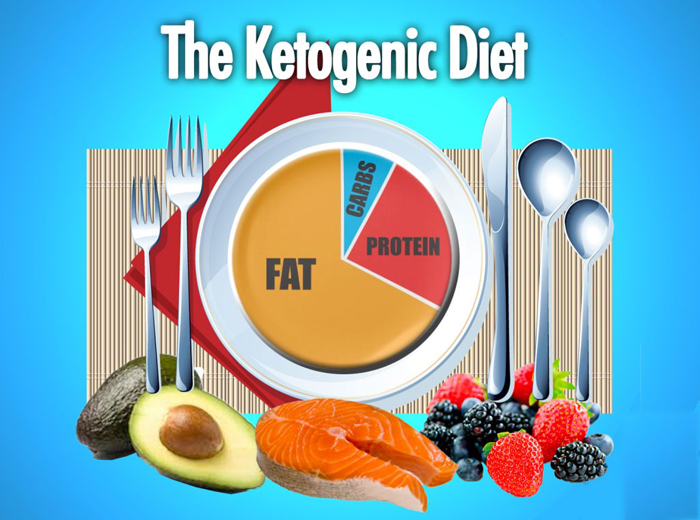 Cancer research has shifted its direction in the last 10 years towards understanding tumor metabolism and therapeutic approaches for cancer treatment. Emerging evidence indicates that cancer is primarily a metabolic disease and not based on mutations as previously thought. In accordance with this theory, Boston College’s Dr. Thomas Seyfried, author of the book, Cancer is a Metabolic Disease, believes cancer can be controlled with metabolic-based approaches. These therapies include cancer signaling, a therapeutic ketogenic diet, and drugs that target cancerous metabolism.
Cancer research has shifted its direction in the last 10 years towards understanding tumor metabolism and therapeutic approaches for cancer treatment. Emerging evidence indicates that cancer is primarily a metabolic disease and not based on mutations as previously thought. In accordance with this theory, Boston College’s Dr. Thomas Seyfried, author of the book, Cancer is a Metabolic Disease, believes cancer can be controlled with metabolic-based approaches. These therapies include cancer signaling, a therapeutic ketogenic diet, and drugs that target cancerous metabolism.
The metabolic theory of cancer is not a new idea; it was discovered in the early 1920s by German scientist Otto Warburg. He won a Nobel Prize for this discovery in 1931. His theory states that, “The prime cause of cancer is the replacement of the respiration of oxygen in normal cells by a fermentation of sugar.” This fermentation can be seen in PET scans which use radioactive glucose to light up the cancerous areas in patients. It shows what sugar hogs cancer cells are.
The metabolic theory further states that cancer originates from damage to the cells’ machinery that make ATP (adenosine triphosphate). ATP is energy that is made in the mitochondria of the cell and is used to power virtually every activity that is necessary for life. Healthy cells have a flexible metabolism — cancer cells do not. This broken energy metabolism is seen in all cancers across the board and the greater the degree of damage, the more aggressive the cancer. Dr. Seyfried believes that the damaged energy metabolism is the primary cause of cancer — genetic mutations are merely a result. When the primary metabolic machinery (mitochondria) of the cell becomes damaged, it cannot produce energy through the normal energy pathways and uses an alternative route called glycolysis. This energy is made outside the mitochondria and can only use glucose as its primary fuel source. This pathway uses a great deal of glucose and is very inefficient, making very little ATP.
Because cancer cells can only use glucose to make energy, we can exploit the Achilles heel of cancer and shut off the fuel supply with a very low-carb, ketogenic diet. By switching the body’s fuel source from glucose to burning fats, you put pressure on cancerous processes and make them vulnerable. This ketogenic state is very natural for the body. Sugar raises insulin levels, influences growth factors, increases the risk of chronic disease, and has the greatest impact on cancer growth. Switching the body’s fuel sources and breaking the addiction to carbs and sugar is where the ketogenic diet comes into play in the prevention and treatment of cancer.
The ketogenic diet was originally developed for the management of epileptic seizures in children at the Mayo Clinic in the early 1900s. It was very effective and used for a number of years until anticonvulsant drugs were introduced and the diet fizzled out. They also realized fasting could be used to control epilepsy. Fasting and the ketogenic diet are similar in that the body switches from burning glucose to burning fats for fuel. The ketogenic diet mimics fasting, but it can be maintained long term. It allows the body to burn ketones (fats) instead of glucose that cancer cells need to survive. By lowering the glucose levels in your body and by restricting carbohydrates, you can starve cancer cells to death.
This diet has been shown to be very synergistic when used in conjunction with conventional treatment in a variety of cancers. It can also enhance conventional treatment while minimizing the negative side effects. Conventional cancer treatment alone is not enough to fight cancer, but when combined with a ketogenic diet and certain lifestyle factors, the impact can be very powerful.





